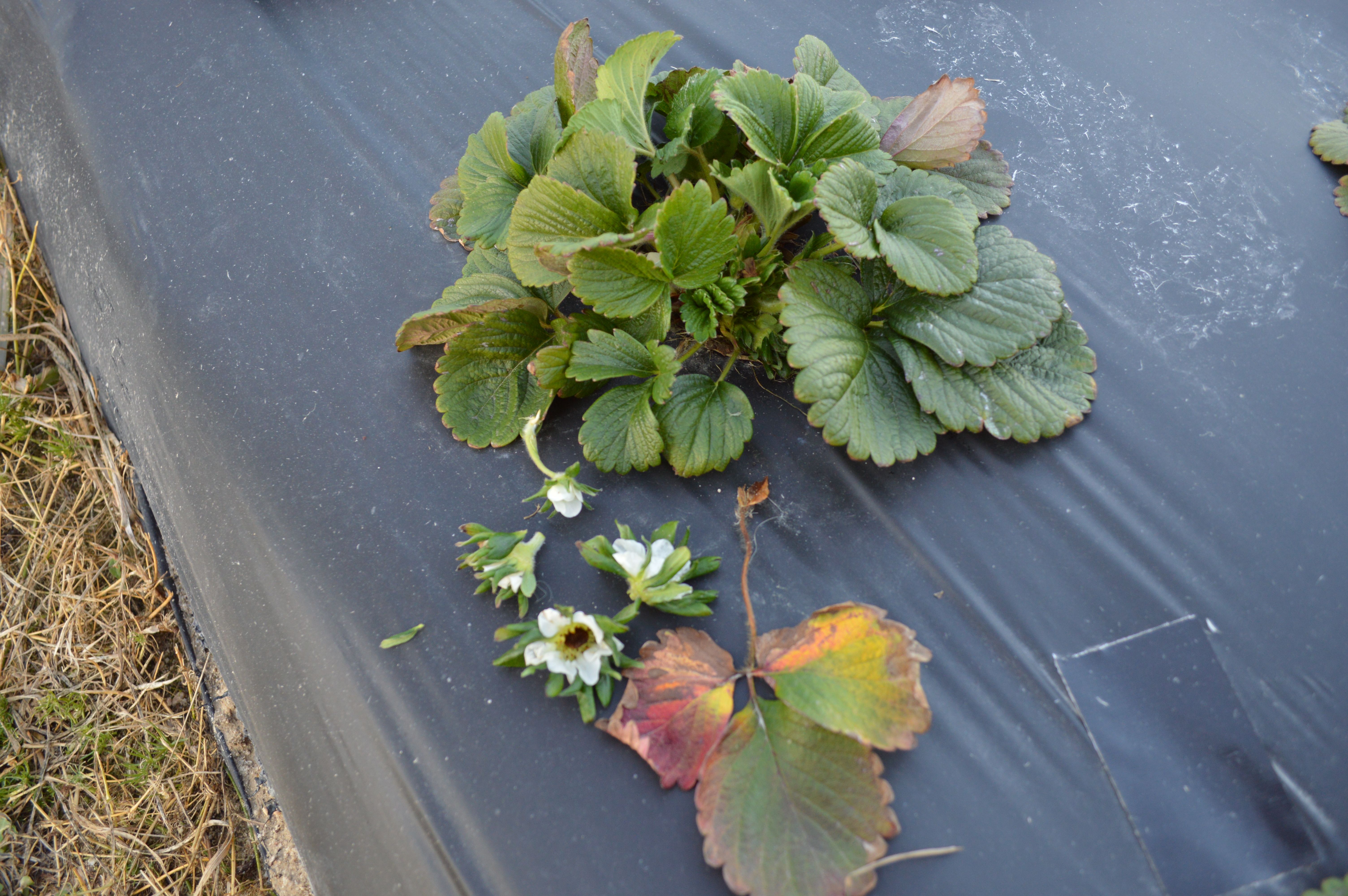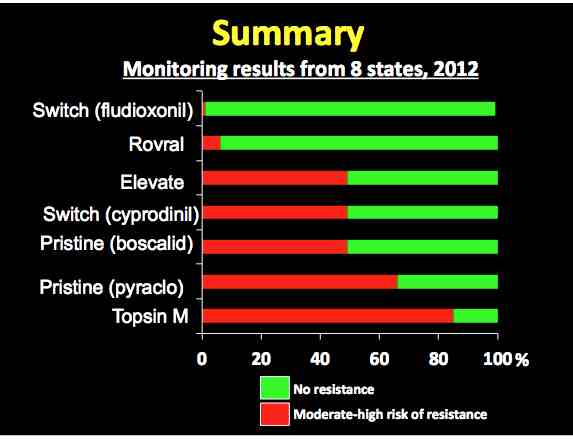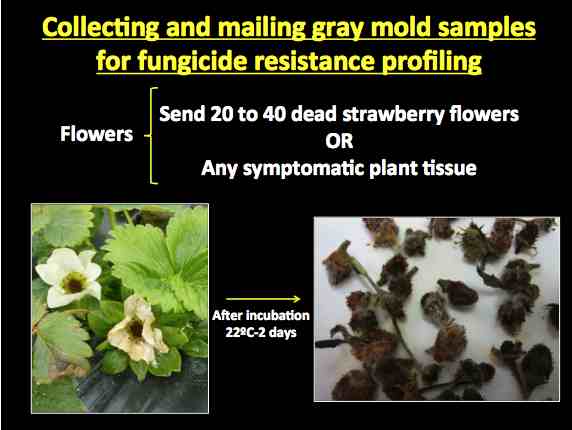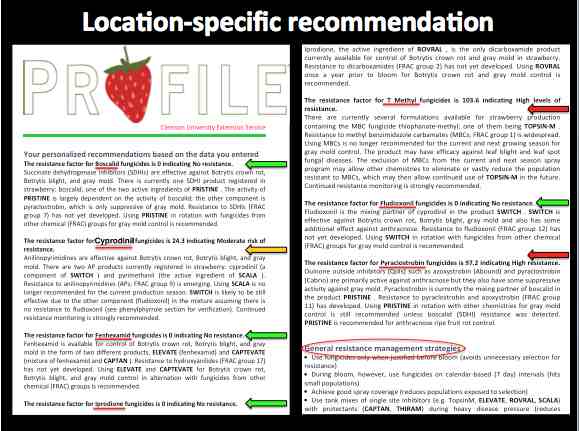Good Day for Completing “Sanitation” – Rains Moving in Tomorrow & Dr. Schnabel’s Free service(2.21.13)
go.ncsu.edu/readext?202515
en Español / em Português
El inglés es el idioma de control de esta página. En la medida en que haya algún conflicto entre la traducción al inglés y la traducción, el inglés prevalece.
Al hacer clic en el enlace de traducción se activa un servicio de traducción gratuito para convertir la página al español. Al igual que con cualquier traducción por Internet, la conversión no es sensible al contexto y puede que no traduzca el texto en su significado original. NC State Extension no garantiza la exactitud del texto traducido. Por favor, tenga en cuenta que algunas aplicaciones y/o servicios pueden no funcionar como se espera cuando se traducen.
Português
Inglês é o idioma de controle desta página. Na medida que haja algum conflito entre o texto original em Inglês e a tradução, o Inglês prevalece.
Ao clicar no link de tradução, um serviço gratuito de tradução será ativado para converter a página para o Português. Como em qualquer tradução pela internet, a conversão não é sensivel ao contexto e pode não ocorrer a tradução para o significado orginal. O serviço de Extensão da Carolina do Norte (NC State Extension) não garante a exatidão do texto traduzido. Por favor, observe que algumas funções ou serviços podem não funcionar como esperado após a tradução.
English
English is the controlling language of this page. To the extent there is any conflict between the English text and the translation, English controls.
Clicking on the translation link activates a free translation service to convert the page to Spanish. As with any Internet translation, the conversion is not context-sensitive and may not translate the text to its original meaning. NC State Extension does not guarantee the accuracy of the translated text. Please note that some applications and/or services may not function as expected when translated.
Collapse ▲Good morning (6:30 a.m., 2/21/13)
Rains will be moving in tomorrow (Friday) and you may wish to take the opportunity today to pull covers back (Fig. 1), and remove dead leaves, blossoms, pull “stray weeds”and also pull out portions of the strawberry plants (branch crowns) that grew beneath the plastic. Rain accumulations will be siginificant on Saturday, as we are expecting 2.28 inches at the Research Station at Clayton (the most rain of 2013). All in all, I think we came through this morning’s cold event without much problem as temperature minimums were even higher than anticipated in last evening’s advisory . In Figure 2 you can see the AWIS actual minimum temperatures for this morning. 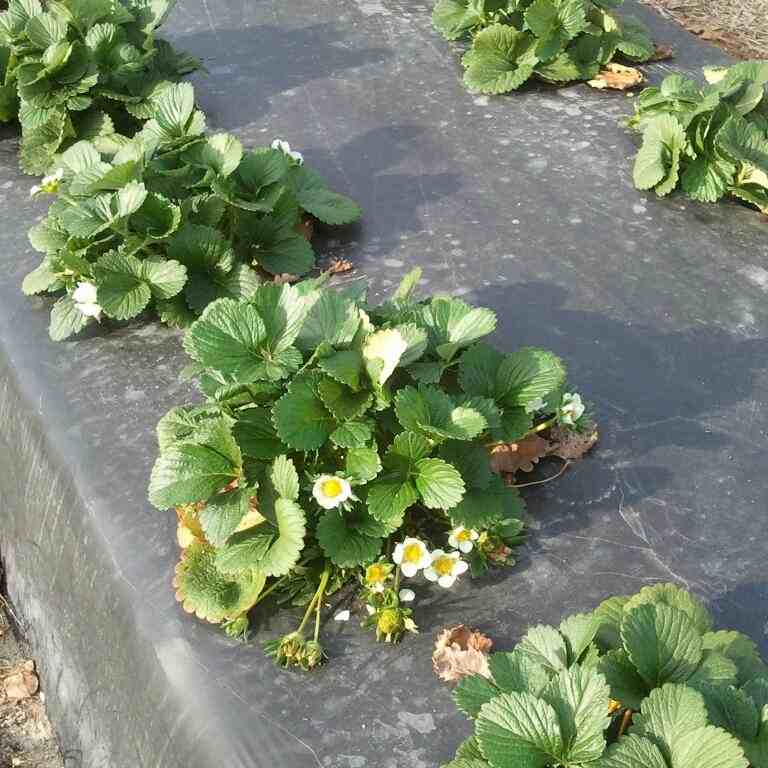
Figure 1. Covers can come off this Thursday to complete winter “sanitation,” and since this photo was taken on Feb. 11th (Sandhills) a number of open blooms were killed by a fairly serious freeze on 2/17-2/18. Those dead blooms can be removed as well as older dead foliage.
Figure 2. On this Sweet Charlie plant (photo taken in Apex, NC, 2/15/13), I removed several dead blossoms and one of the oldest leaves (foreground). I would suggest removing the other oldest leaves on this plant (on backside), but I do not recommend stripping off larger leaves that are generally green and healthy looking. You can “stunt” your plant’s growth by getting carried away with this sanitation practice and the removal of generally healthy older leaves is detrimental to the plant’s development at this time of year. The dead blooms in this photo can be collected and sent to Clemson’s lab for evaluation of possible botrytis resistant issues in your crop, and they can tell you which fungicides have lost efficacy. If you wish to see how see how problematic this issue has become, check out Figure 3.
Fig. 3. The monitoring work done by Dr. Schnabel’s team in 2011-2012 indicated that the gray mold fungus from strawberry fields in 8 states has developed high resistance to Topsin M, and its use is no longer recommended at all! Rovral can only be used before bloom – so now would be the time to apply this product (after sanitation is done). Fortunately, the resistance problem has not been “too bad” with Rovral. When temperatures go below 40 F, it is too cold for botrytis development (according to Dr. Schnabel), but our daytime highs this week and next will be above 40, and it is going to be pretty wet (ideal for botrytis).
Fig. 4. You only need to send 20 to 40 dead strawberry blossoms to the Plant Disease and Insect Clinic, or see Fig. 5 below.
Fig. 5. This is the address for sending your sample of 20-40 dead blossoms. The lab’s turnaround in about 4 days, and you get a “Profile” report (see Fig. 6)
Fig. 6. Sorry that this report is a little difficult to read, but what you will be sent via email from Clemson is a summary of recommendations on which fungicides are recommended for botrytis control on your farm, and it will also tell you which products not to use. So, don’t run out and buy cases of expensive products that may not work!
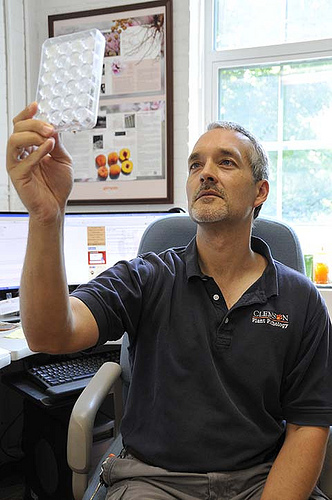
Dr. Schnabel’s development of the 24 well-plate assay, supported by the web-application-generated report called Profile (Fig 6), is having a very significant impact on the commercial strawberry industry in southern states by helping growers to: 1) avoid control failure; 2) reduce pre- and postharvest losses; and 3) design cost-effective anti-resistance management strategies.
Have a good day!
Dr. E. Barclay Poling
Professor Emeritus/Extension Strawberry Specialist
Department of Horticultural Science
Campus Box 7609, 162A Kilgore Hall
NC State University
Raleigh, NC 27695-7609
919-418-9687 (Cell)
919-515-2505 (Fax)
barclay_poling@ncsu.edu
//strawberries.ces.ncsu.edu



